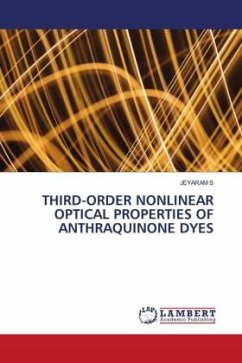
Broschiertes Buch
22. August 2023
LAP Lambert Academic Publishing

1,99 €
inkl. MwSt. und vom Verlag festgesetzt.
Sofort per Download lieferbar
eBook, ePUB
22. Juli 2024
LIVING STONES
Ähnliche Artikel
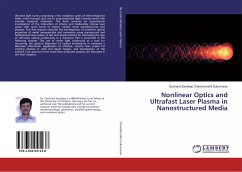
Broschiertes Buch
18. Oktober 2016
LAP Lambert Academic Publishing

Broschiertes Buch
EDAX, UV-Visible, Photoconductivity, SHG, Z-scan and LDT Studies
29. Juli 2020
LAP Lambert Academic Publishing
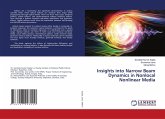
Broschiertes Buch
19. August 2024
LAP Lambert Academic Publishing

Broschiertes Buch
Thermo- and Electro-Optical Analysis of Polymer Dispersed Liquid Crystal systems
26. Januar 2010
LAP Lambert Academic Publishing
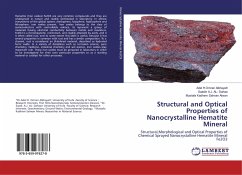
Broschiertes Buch
Structural,Morphological and Optical Properties of Chemical Sprayed Nanocrystalline Hematite Mineral Fe2O3
28. Oktober 2016
LAP Lambert Academic Publishing
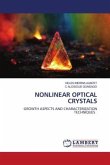
Broschiertes Buch
GROWTH ASPECTS AND CHARACTERIZATION TECHNIQUES
3. November 2023
LAP Lambert Academic Publishing
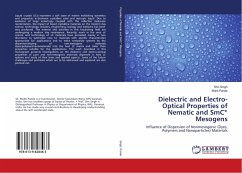
Broschiertes Buch
Influence of Dispersion of Nonmesogenic (Dyes, Polymers and Nanoparticles) Materials
3. Mai 2018
LAP Lambert Academic Publishing

Broschiertes Buch
Experimental Physics
13. Oktober 2016
LAP Lambert Academic Publishing
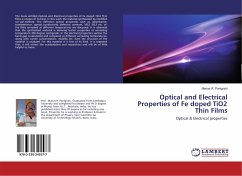
Broschiertes Buch
Optical & Electrical properties
5. Juli 2017
LAP Lambert Academic Publishing
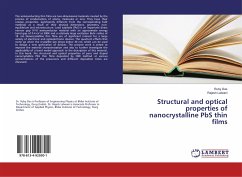
25,99 €
Versandfertig in 6-10 Tagen
Broschiertes Buch
2. Januar 2018
LAP Lambert Academic Publishing
Ähnlichkeitssuche: Fact®Finder von OMIKRON
